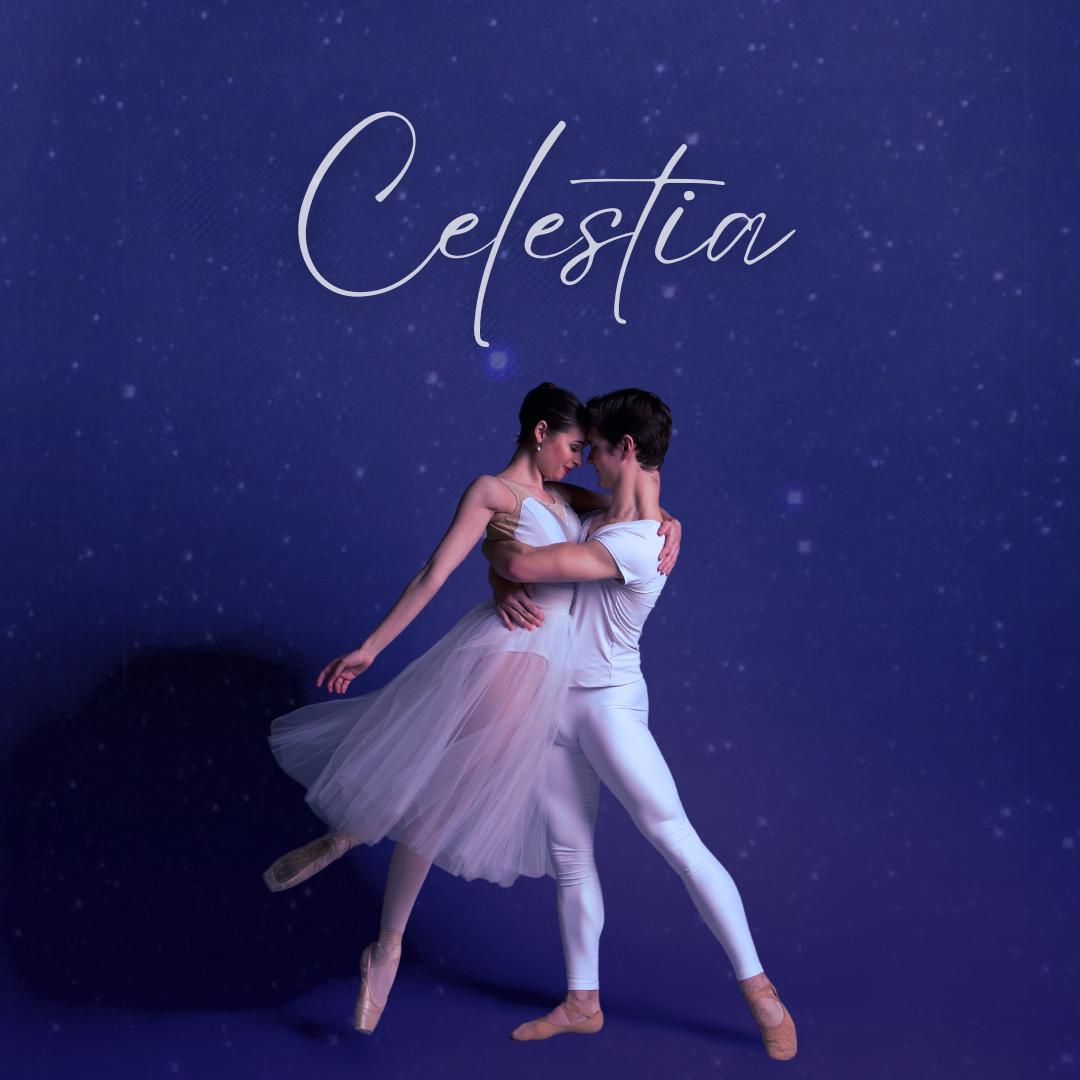Abstraction, and the Power of Story Without Words
One of the most frequent questions I hear about my work is, “What’s the story?” It’s a fair question, but it reveals a misunderstanding about storytelling in ballet. Not every story has to be literal or allegorical to reveal truth.
Balanchine understood this better than anyone. His work rarely told traditional narratives, yet each piece was infused with meaning. How? By putting flesh to music. For Balanchine, music itself was the story, and his choreography became its voice.
This is why abstraction, when done well, can be more powerful than narrative. It bypasses the intellect and speaks directly to the soul. Balanchine’s ballets don’t hand you a plotline; they offer you an experience. You don’t watch them; you feel them.
Celestia
What is man that you are mindful of him?
But abstraction requires intentionality. Without it, choreography risks becoming mere form, devoid of spirit. Modern ballet often stumbles here, mistaking innovation for meaning.
Great storytelling—whether abstract or narrative—isn’t about what it says but what it reveals. Balanchine’s work remains timeless because it invites the audience into a space where music, movement, and meaning intertwine.
This is the standard I hold myself to in my work. Whether the story is explicit or implicit, it must resonate with the audience on a deeper level. It must reveal something true.

